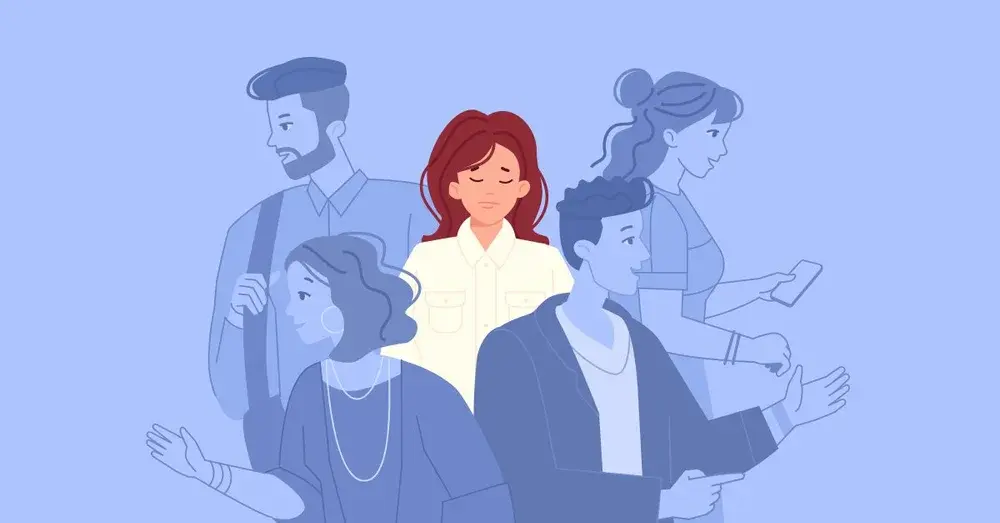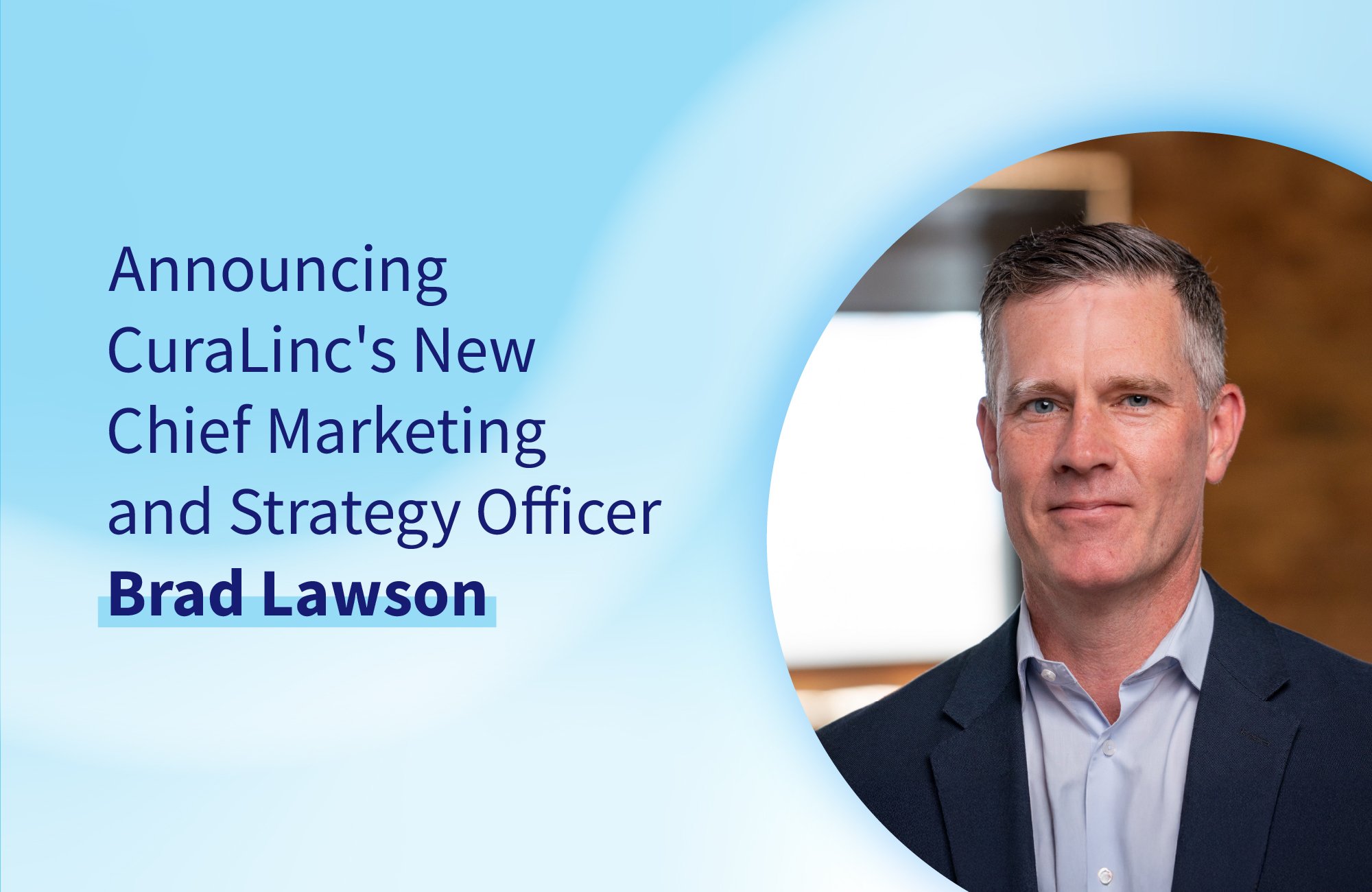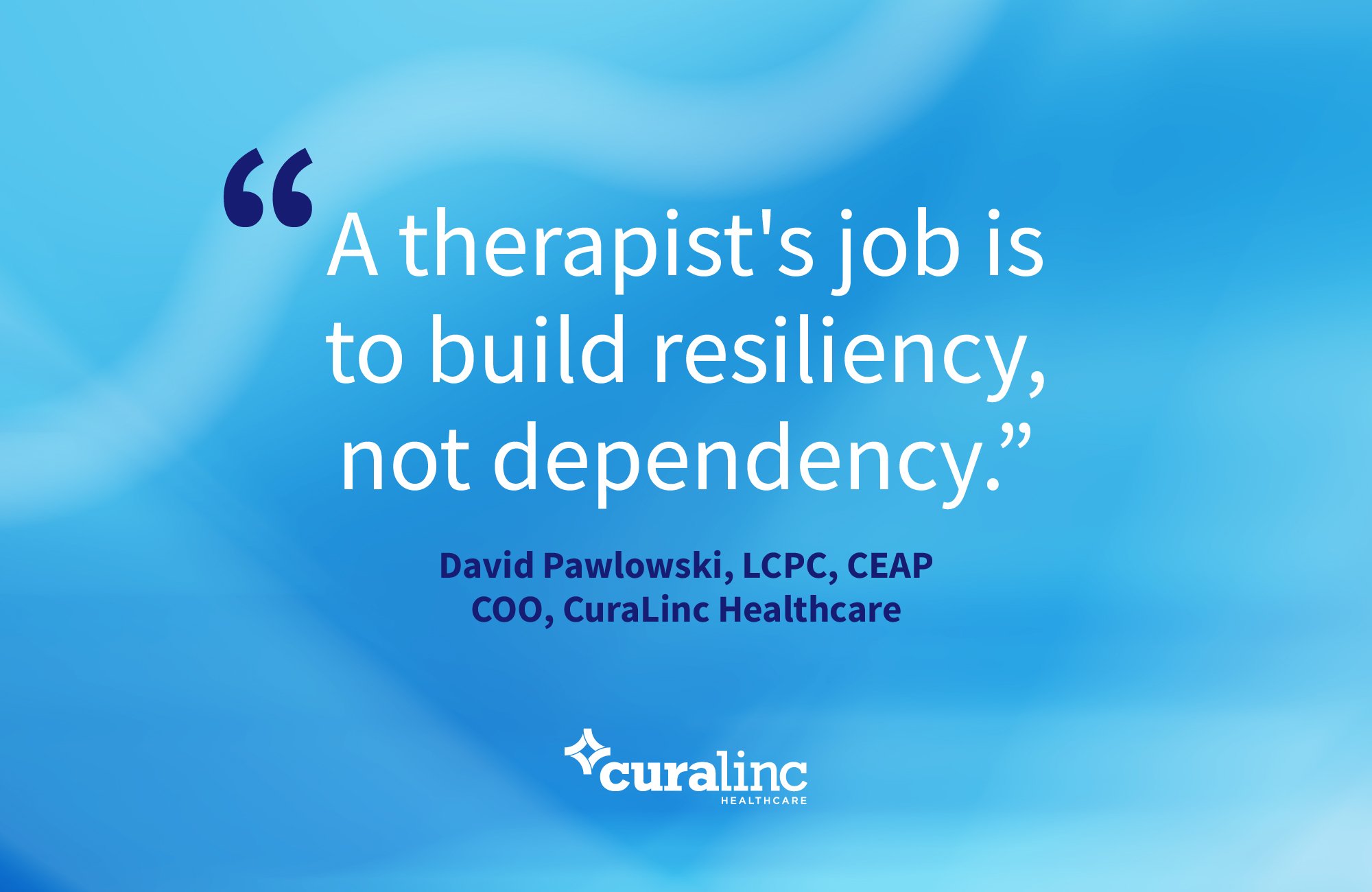The loneliness epidemic: By the numbers
Even before the global pandemic began, we were experiencing a loneliness epidemic – more than 60% of adults in the U.S. felt lonely, including eight in ten Gen Zs and seven in ten Millennials, according to a large national study in 2019.
A global survey of more than 13,000 people across 14 countries that same year found that nearly half of adults say they feel lonely on a regular basis. Almost two-thirds of Gen Zs said they felt lonely, and half reported feeling lonely even when they are with other people.
Are loneliness and social isolation the same?
While the Covid-19 pandemic forced many of us into isolation, loneliness and social isolation are not the same things – they are related but different constructs.
Social isolation is a measurable state, like the number of connections someone has in their life. Loneliness is different from being alone. Loneliness is the perceived feeling of isolation, even when you are around other people. Have you ever attended a party or conference or been surrounded by others at work and still felt very alone?
The number of connections you have does not necessarily correspond to how connected you feel. It is the quality of the relationship, not the quantity, that predicts loneliness. You can have a few close friends and feel very connected and engaged, or have a thousand virtual friends, a few roommates, and several coworkers, yet feel very alone and isolated.
Connectedness is about having a genuine, authentic connection with someone you can trust, a person you can go to in times of need, someone you feel safe with and can be your true self.
The benefits of connectedness
We are tribal by nature. Our survival through millions of years of evolution was largely predicated on working in pacts. Whether in our social life or at work, we are wired for connection and motivated by a need to belong and support those we identify with. When we feel cared for and valued at work, we build attachments with others, which aligns with our social wiring and helps us to do our best work. When employees feel lonely at work and disconnected from their team and the organization, their work effort, loyalty, motivation, and personal health suffer.
How loneliness impacts mental and physical health
We all feel lonely sometimes for various reasons, perhaps a recent break-up or the loss of someone you are close to. It might be temporary isolation due to travel, starting a new job, or moving to a new town.
The problem with loneliness is when it becomes chronic. Chronic loneliness has been linked with an increased risk of premature death, dementia, heart disease and stroke and is associated with higher levels of anxiety and depression. Research shows that the impact of loneliness on health and longevity is comparable to smoking fifteen cigarettes a day. On the other hand, having good social connections may decrease the risk of early death by 50%.
Drivers of loneliness at work
Most employees, at least before the pandemic, spent most of their day surrounded by coworkers. Yet, a significant percentage of employees reported feeling lonely. A pre-pandemic survey found that 40% of workers feel isolated at work and want more connection with their coworkers.
Part of the problem at work is that many employees feel that they cannot be their authentic selves at work, leaving them to feel that nobody really knows them as a person. Other drivers of loneliness at the workplace include not finding meaning in the work, feeling unfilled with their role, having a manager that doesn’t support them, and misalignment between their personal values and those of the company.
How workplace loneliness can affect your bottom line
Lonely employees have been associated with negative business outcomes, more likely to be poor performers, feel more dissatisfied with their jobs, and are more likely to quit.
Loneliness has been found to add significant costs for employers due to staff turnover, absenteeism, productivity losses, and lower overall employee wellbeing.
Employees who are lonely at work report being less productive and producing lower quality work than their non-lonely coworkers, and they are twice as likely to be looking for a new job, contributing to the costly expense of turnover.
Lonely employees miss two more weeks of work due to illness, family obligations, or stress, compared with non-lonely employees, costing their employers more than $4,000 in a year in lost workdays.
19 ideas to improve loneliness and social isolation at work
People spend most of their waking hours at work, and since we are wired to connect, creating a culture that promotes social connection will be good for business, improving employee engagement, productivity, and overall wellbeing.
Helping your workforce to feel connected at work includes fostering authentic social connections with leaders, teammates, and colleagues across the organization, but also helping employees feel connected to the work, the company mission, corporate values, and the purpose of the work. It is about creating an overall sense of belonging.
Promote Social Connection
Connectedness at work involves more than just bringing people together. It is about fostering genuine, authentic interactions that help employees feel valued, supported, and cared for. Almost 40% of employees say that when colleagues check in with them personally and professionally, it enhances the connection and improves an employee’s sense of belonging and value.
Educate employees about the challenges of loneliness at work and the importance of human connection, and address stigma to normalize loneliness and mental health.
Train and nurture managers to lead with empathy and model authentic, engaging behavior.
Encourage managers to consistently check in with their team (tribe) and connect on a personal level during one-on-one meetings.
Encourage leaders to be more present and visible, communicate their appreciation for all employees, and recognize the role of all employees in the organization’s successes.
Create space to nurture organic social relationships by promoting virtual or in-person opportunities for coworkers to socialize- happy hours, shared breaks, digital communities, and promoting a culture of helping and supporting each other.
Encourage people to engage in meaningful ways by learning about each other on a personal and professional level (outside interests, families, etc.)
Create cross-departmental projects, workgroups (to promote new connections), and mentoring or buddy programs.
Develop workplace communities, activity and interest clubs, and Employee Resource Groups.
Promote human connection through your wellness program by encouraging group challenges and competitions instead of individual activities.
Promote engagement and interaction with new connections (create a “Just Say Hello” challenge to meet someone new each day).
Encourage your team to take care of their health and wellbeing with a focus on eating, sleeping, moving, stress management, and mental health to make employees feel cared for and improve overall wellbeing and loneliness.
Foster a Sense of Belonging
Help people feel included and part of the tribe. Creating a shared meaning and fostering a culture where employees feel recognized for their efforts will help them feel accepted and part of the tribe. Employees who feel a sense of belonging are more productive, motivated, and engaged at work.
Create a culture of inclusiveness and tribe building.
Foster positive relationships, and promote meaningful and authentic connections
Celebrate individuality and diversity, promote inclusion, recognize and promote individual strengths, and accept weaknesses.
Create shared meaning and promote cooperation over competition.
Reinforce purpose and meaning in the work and recognize and celebrate the individual, team, and corporate efforts and results.
Create projects that promote a team effort in support of the larger organization.
Celebrate shared wins as a team, and recognize individual and team accomplishments to help people feel valued and important to the group (tribe).
Show appreciation and gratitude.
About the Author
Rick Hecht, LMFT, is a clinician, consultant and trainer with expertise in workforce mental health. He has over twenty-five years of distinguished strategic leadership experience in the healthcare industry. He is a California licensed clinician and holds a master's degree in both psychology and business administration and is currently completing his doctoral degree in clinical psychology, with a research emphasis on loneliness and social connection at work. Rick holds several certifications in wellness/wellbeing and has consulted for multiple Fortune 500 companies, public sector groups, and healthcare organizations to help them improve their workforce's mental health and wellbeing. His 3R training program teaches managers to Recognize, Respond and Refer employees struggling with mental health distress. He also provides customized employee webinars and training across many mental health topics, including burnout, loneliness, stress management, and stigma reduction.
Connect with Rick on LinkedIn
References
Cigna. (2020, March). Loneliness and its impact on the American workplace. CIGNA.com. https://www.cigna.com/static/www-cigna-com/docs/about-us/newsroom/studies-and-reports/combatting-loneliness/loneliness-and-its-impact-on-the-american-workplace.pdf
Julianne Holt-Lunstad, PhD, The Potential Public Health Relevance of Social Isolation and Loneliness: Prevalence, Epidemiology, and Risk Factors, Public Policy & Aging Report, Volume 27, Issue 4, 2017, Pages 127–130, https://doi.org/10.1093/ppar/prx030
Twaronite, K. (2019). The surprising power of simply asking coworkers how they're doing. Harvard Business Review, February, 1-4. https://hbr.org/2019/02/the-surprising-power-of-simply-asking-coworkers-how-theyre-doing
Achor, S., Kellerman, R., Reece, A., & Robichaux, A. (2018). America's loneliest workers, according to research. Harvard Business Review, March, 1-6. https://hbr.org/2018/03/americas-loneliest-workers-according-to-research




